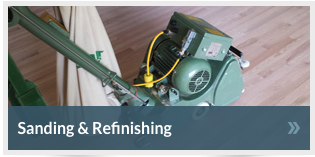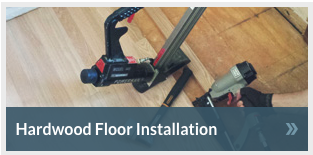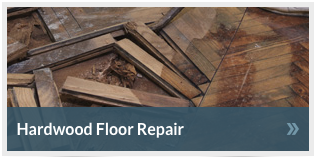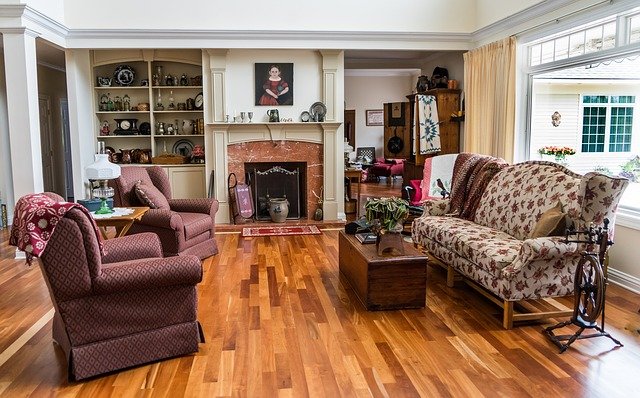A quick and dirty guide to wood flooring
A quick and dirty guide to wood flooring
If you’ve always longed for hardwood floors then you’re in luck! While soft wooden floors date back to the Colonial era, hardwood floors first burst on the scene in the late 17th century. If you know for sure that you want hardwood floors in your home read through this quick guide so you can be better informed of your choices. This quick guide will walk you through the basics of wood species, grades, types, and styles.

Wood Species
With over 50 wood species available for wood flooring, red oak accounts for more than 50% of hardwood flooring sales. Its popularity stems from its elegance, durability, and cost-effectiveness. Maple ranks second in popularity for hardwood flooring. Newer trends show a growing affection for bamboo, cherry, and white oak. Some of the more esoteric imported woods used in hardwood flooring which includes Brazilian cherry, Australian cypress, African padauk, and Brumese teak.
Color options are plentiful. If color is a priority, and you want the natural beauty of the wood to shine through, select a wood species that most closely matches your color preference.
Wood Grades
Grade refers only to the beauty of the wood, not to its durability or serviceability. Not every grade applies to every wood species either. A wood species is graded as Clear, Select, or Common, or it’s graded as First, Second, or Third. Clear/First, Select/Second, Common/Third grades are not identical but they’re close enough to present a shared consumer definition. The six basic wood grades include:
- Clear or First – free from most visible defects and discoloration, contains only minor visible imperfections
- Select or Second – may contain slight imperfections, such as color variations
- Common or third – contains knots and color variations, often classified as “rustic” wood
Solid vs. Engineered Wood
Many people believe that hardwood and solid wood are synonymous. They’re not. If you’re hearing the term engineerd wood for the first time, you most likely may think that it’s somehow inferior to solid wood. That’s not necessarily true though.
Solid wood is milled from one solid 3/4’ piece of wood. Solid hardwood floors expand and contract more than engineered woods and are particulatly susceptible to moisture. As the wood expands and contracts it may buckle or it may leave gaps. Two common methods of counteracting these gaps include beveled edges and leaving expansion gaps-gaps between the wood and the wall-hidden by the base molding.
You’ll find that most of the popular wood species, such as oak, maple, cherry, and others are available in engineered wood. Sometimes called pressed wood, engineered wood comes in 3-ply or 5-ply versions-three or five bonded layers of wood. Engineered wood floors succumb to little, if any expansion and contraction. They are perfectly suited for rooms that sustain moisture. If you want wood floors for instance in your bathroom, consider engineered wood for its greater stability. If you plan to lay wood floor directly over concrete, you must install engineered wood to maintain structural integrity.
Wood Styles
Once you’ve determined the species, wood grade, and made the decision between solid and engineered wood, you can now move to the fun part, the style.
Common wood styles include:
- Parquet
- Plank
- Strip
Strips and planks are long, linear cuts of woods. The main difference is the width of the wood. Strips range from widths of 1 ½” to 2 ¼”, while planks range from widths of 3” to 8”. Consider strips if your goal is to create the illusion of a larger room. A series of small wood pieces creates a parquet’s geometrical design. Parquet floors complement large, airy rooms.
Select your hardwood floors with care; they can add beauty and warmth to your surroundings for a very long time, even a lifetime. When you are ready to start narrowing down your considerations for wood flooring consider reaching out to Flawless Floors. Flawless floors has been servicing the Baltimore region for over two decades, and is committed to the highest level of customer satisfaction. We are a family owned and operated business and are dedicated to providing our customers with superior workmanship and the most outstanding wood floors. Located in Baltimore, Flawless Floors is a professional hardwood floor contractor that is licensed, bonded, and fully insured in the state of Maryland. Whether you need new flooring or your existing flooring refinished, we can provide you with the best possible results.
Flawless Floors Services
Flawless floors has been servicing the Baltimore region for over two decades, and is committed to the highest level of customer satisfaction. We are a family owned and operated business and are dedicated to providing our customers with superior workmanship and the most outstanding wood floors. Located in Baltimore, Flawless Floors is a professional hardwood floor contractor that is licensed, bonded, and fully insured in the state of Maryland. Whether you need new flooring or your existing flooring refinished, we can provide you with the best possible results. We provide homeowners with the following services:

Sanding & Refinishing

Installation

